A Delaware Float Through Ghost Waters
Author: Doug O’Malley, Environment New Jersey
We sat motionless for what felt like minutes. Fifteen kayaks waited on the flat muddy waters of the undammed Cooper River in Camden and close to 30 pairs of eyes watched a bald eagle perched on a log eyeing the river. Then all at once, the huge bird lifted itself up and swooped across the river in front of us. It was a magical moment, but not the first. We’d seen two other bald eagles in Camden in the previous two days on the Delaware and Cooper rivers. Both waterways, once given up for dead, were clearly alive.
More than 35 of us had started this kayak trek, termed a float, three days earlier at a boat ramp in Bordentown, just south of Trenton. We were a motley group of environmental educators, policy and political wonks, scientists, watershed directors, litigators and environmental advocates convened by the William Penn Foundation and led by Upstream Alliance. We covered more than 30 miles, strategically paddling with the current. We earned our miles through sweat equity, but our bigger achievement was breaking down our preconceptions of the mighty Delaware River. My kayak-mate, Bob Heil, director of the Brodhead Watershed Association in the Poconos, admitted he’d never considered paddling this stretch of the Delaware. It was a sentiment many of us shared.
What we saw was a river alive with eagles, ospreys, and people, including folks at the Palmyra Nature Center in the shadow of the Tacony-Palmyra Bridge and fishermen along the bank. But we also saw a river hemmed by with steel barricades designed to keep people out.
There are only two public access points to the river in Philadelphia – and both for boats. The water monitoring equipment manned by Marie Kurz at Temple showed us in real time that water quality decreased as we drifted through outfalls for treated sewage water. We didn’t see any swimmers, except for own Erik Silldorff, with the Delaware Riverkeeper Network. And as we entered the stretch of the Delaware in South Jersey and Philadelphia, the river’s designated use switched from fishable and swimmable to prohibiting contact. We were outlaws on our own river.
Each mile we paddled, we saw the ghosts of the Delaware in hulking silhouettes of industrial equipment on the shore. In Beverly, we camped at the Red Dragon Canoe Club, founded in 1883, and were regaled by a club member named Bob, who showed a picture of his winning canoe crew from 1955. We drifted by Pennsbury Manor, built by William Penn in 1683. We stopped to gaze at the old Roebling Steel in Florence, of the steel cable for the Brooklyn Bridge and now a Superfund site.
Some of the ghosts were still with us.
We passed huge international freighters moving up the Delaware to pick up cargo at the Tullytown landfill and a Bristol cement plant. Maggie McCann, Director of Camden County Parks, remembered her father’s stories of swimming across the back channel of the Delaware to Petty’s Island, and skating on the frozen Cooper River by Kaighn Avenue. Stirred by these memories, we left with a desire to spread the gospel that every mile of the Delaware River and its tributaries was alive and worth reclaiming.
Doug O’Malley is the director of Environment New Jersey Research & Policy Center, a state-wide environmental advocacy organization, based in Trenton and New Brunswick.

